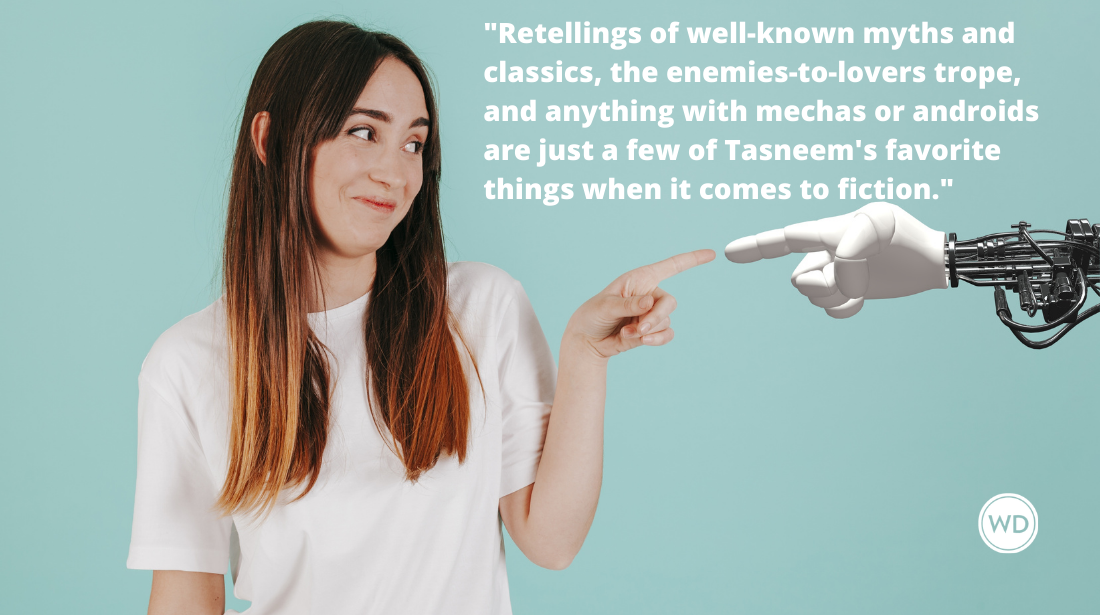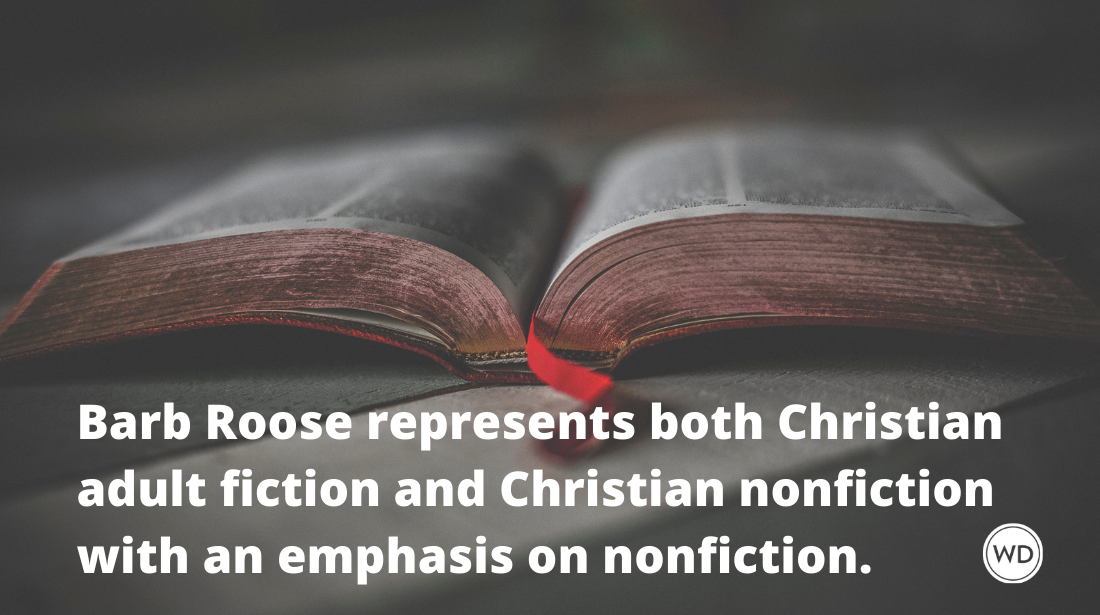Creating Active Characters in YA Novels
Have you ever heard an editor or critic refer to a character as passive? Maybe, like me, you’ve found yourself frustrated by this term. What exactly does it mean, and what’s so bad about creating a passive character? Isn’t this a trait we often find in real people, especially certain teenagers, who can be prone to spending long hours watching TV or playing video games? This guest column excerpted by K.L. Going‘s book, Writing & Selling the YA Novel. Going is the author of several YA novels and is a Michael L. Printz Honor Book winner.
Have you ever heard an editor or critic refer to a character as passive? Maybe, like me, you've found yourself frustrated by this term. What exactly does it mean, and what's so bad about creating a passive character? Isn't this a trait we often find in real people, especially certain teenagers, who can be prone to spending long hours watching TV or playing video games?
Since passive people do exist in life, it took me a long time to understand why a passive character so seldom works in the context of a novel. It wasn't until I tried unsuccessfully to write a novel featuring a passive character that I learned what makes this trait so difficult to portray. Hopefully, this column will save you lots of misspent time and effort.
If you're considering writing about a passive character, or if you're told by others that your existing characters seem too passive, consider this: Passive people might be described as submissive, or failing to take initiative. They are acted upon more than they act. When you look at this description side by side with the statement above about characters being revealed by what they do and say, the picture should begin to come into focus. How do we know who a character is if he doesn't act? How will you breathe life into him if he doesn't make any choices?
While it's true that we all know people in real life who seem to drift along on the tide, never taking much initiative to affect their circumstances, we
don't necessarily want to read about them. We're all familiar with the stereotype of the antisocial teen who hides out in her bedroom, but would you want to read a book about that person? Not only is it hard for the audience to figure out who she is, it's tough to invest in her journey because there's nothing she's looking to learn or accomplish or overcome.
Active characters, on the other hand, are endlessly fascinating because we're always wondering what they'll do next. It's easy to feel as if we know them well, and when a reader feels like they know a character in the same way they know a real person, they'll invest in loving him, hating him, rooting for him, or laughing with him. Active characters shape the plot through the choices they make, and their desires create mirrored desires in the audience.
As a writer, you have two very powerful tools for creating active characters: actions and dialogue. Active characters use plenty of both. They make choices, doing and saying things that lead to new choices and new actions, advancing the plot. Use these tools to your advantage. Give your characters plenty to say and do. Make them leap; make them dance.
K.L. Going wrote Writing & Selling the YA Novel. Going is also the author of several YA novels and is a Michael L. PrintzHonor Book winner.







